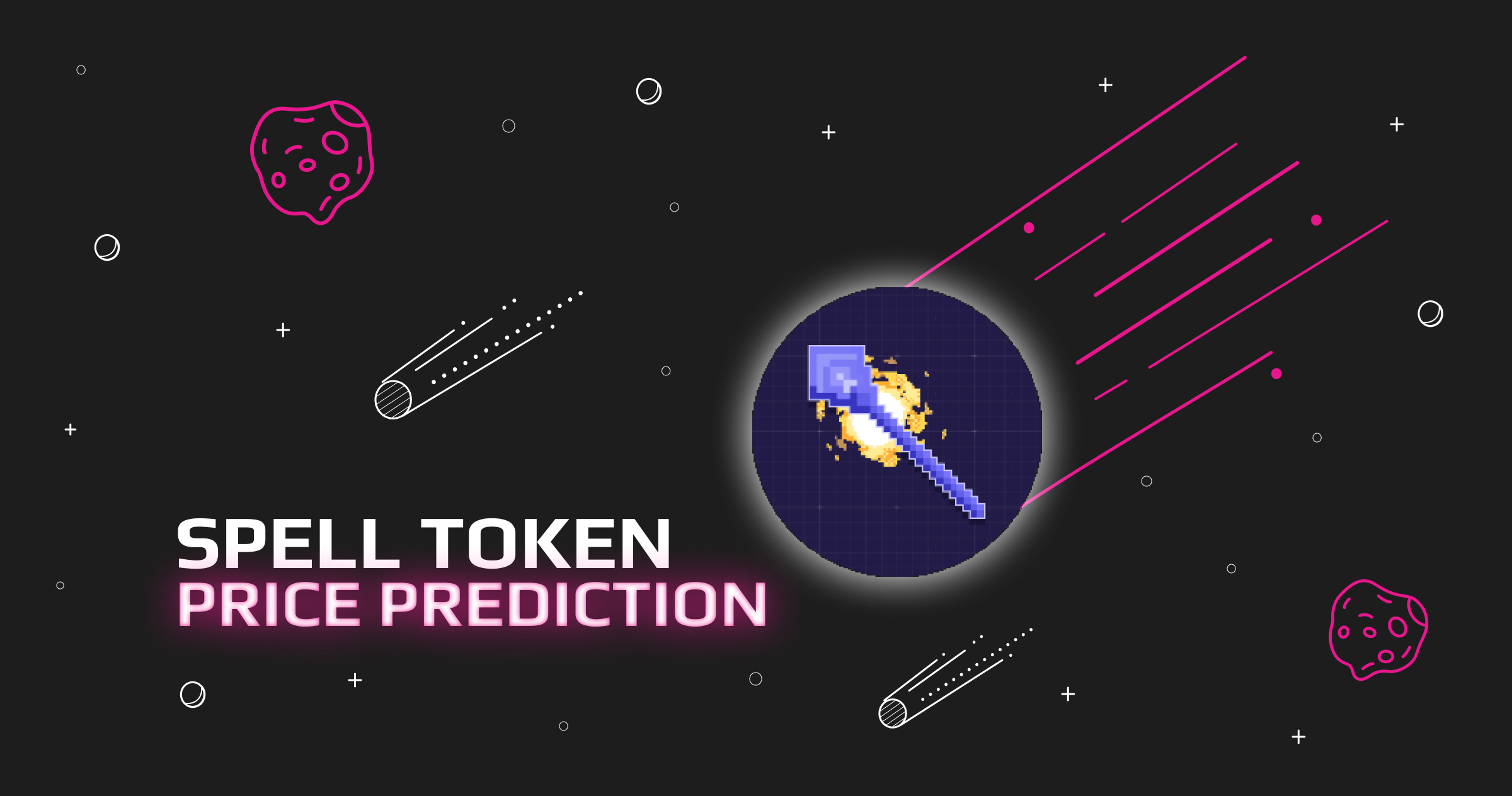Top Dogs of The $DOGE Fam: 7 Influencers Driving Dogecoin Community
Dogecoin (DOGE) is one of the most popular cryptocurrencies today, with over 3.2 million followers on Twitter alone. This huge Twitter following is largely attributed to the impact of major…



